When walking into my high school humanities, media and arts classroom, there may be a bit of confusion as to whether the room is an art gallery, a music studio, a sports arna, a cafe, a library or a conference room. The short answer is: yes.
![]()
Students’ artwork hang on the walls, their daily visual journals in the form of calendars, pinned to giant cork boards that hang from the ceiling; musical instruments, when not loaned out for student practice, rest on their respective stands; mini basketball hoops and makeshift putting greens line one side of the room, while an array of snacks and a hot water boiler with a variety of flavors of tea line the other; student-made shelves holding books whose authors come from all corners of the globe hang on the outside walls of the classroom, inviting students to pick up a book on their way in or out; and in the middle of the classroom, desks on wheels and rolly chairs lay in a configuration that best fits the learning goals of the day.
![]()
And then there are the students. The determined students who are frustratedly working on their fourth iteration of an essay, a movie, a mosaic, a musical score, a ballad, a hip hop beat, a haiku, a grant, a graph, a novel, a rocket, a 3D map, a new design, an invention, a creation, and a work of genius.
![]()
These students who are consistently challenged “to mess around, to research, to experiment, to fail, to think, and to play. In other words: to learn” (Wicked Art Assignments 29).
![]()

Students’ artwork hang on the walls, their daily visual journals in the form of calendars, pinned to giant cork boards that hang from the ceiling; musical instruments, when not loaned out for student practice, rest on their respective stands; mini basketball hoops and makeshift putting greens line one side of the room, while an array of snacks and a hot water boiler with a variety of flavors of tea line the other; student-made shelves holding books whose authors come from all corners of the globe hang on the outside walls of the classroom, inviting students to pick up a book on their way in or out; and in the middle of the classroom, desks on wheels and rolly chairs lay in a configuration that best fits the learning goals of the day.
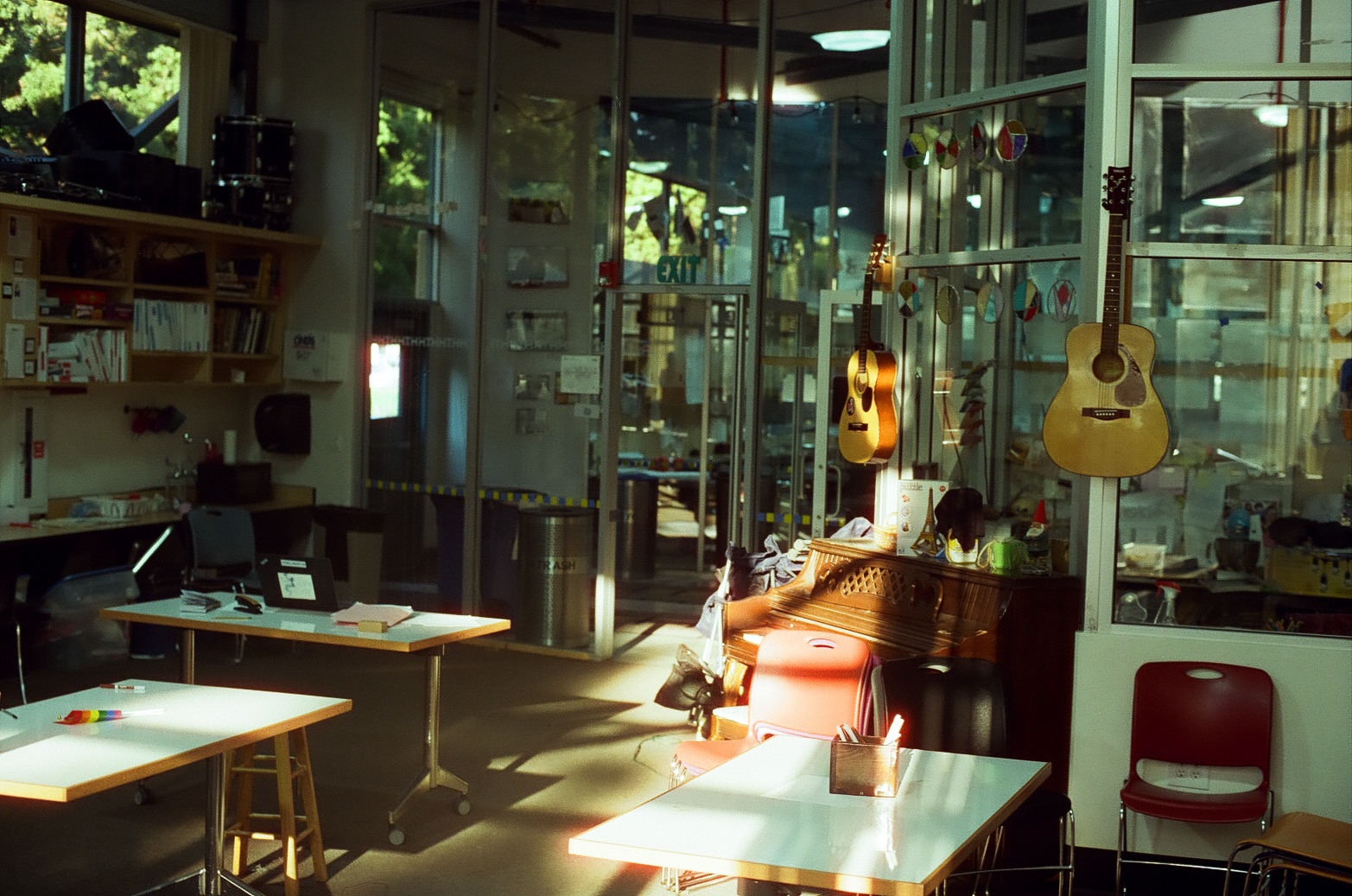
And then there are the students. The determined students who are frustratedly working on their fourth iteration of an essay, a movie, a mosaic, a musical score, a ballad, a hip hop beat, a haiku, a grant, a graph, a novel, a rocket, a 3D map, a new design, an invention, a creation, and a work of genius.
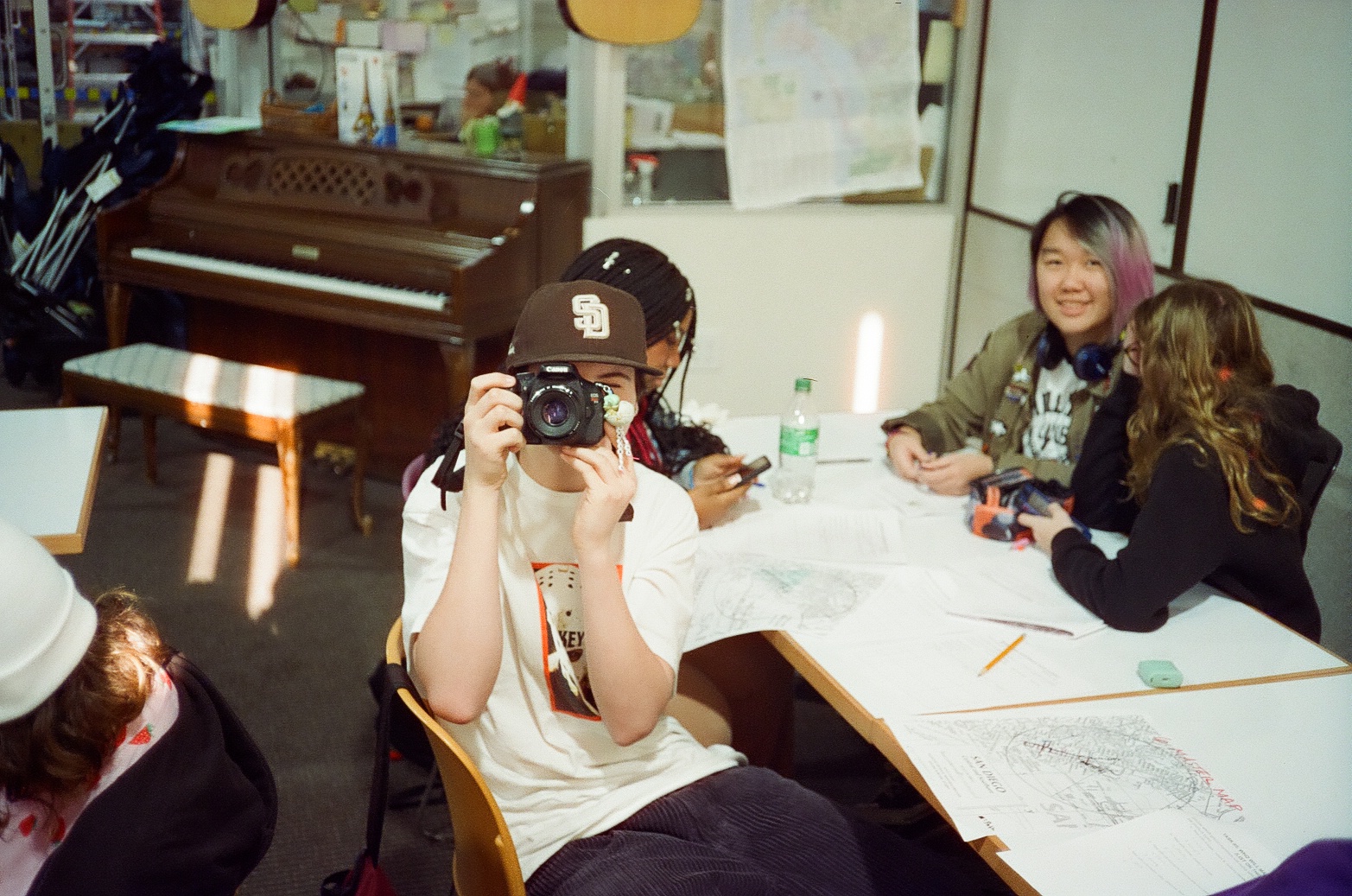
These students who are consistently challenged “to mess around, to research, to experiment, to fail, to think, and to play. In other words: to learn” (Wicked Art Assignments 29).
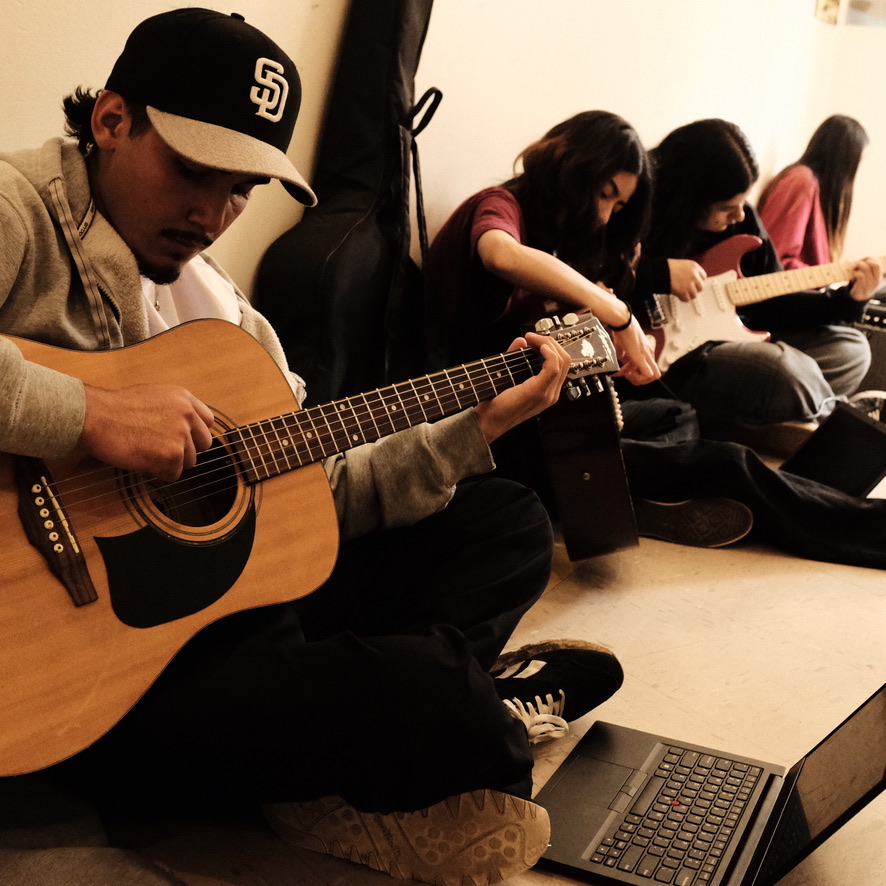
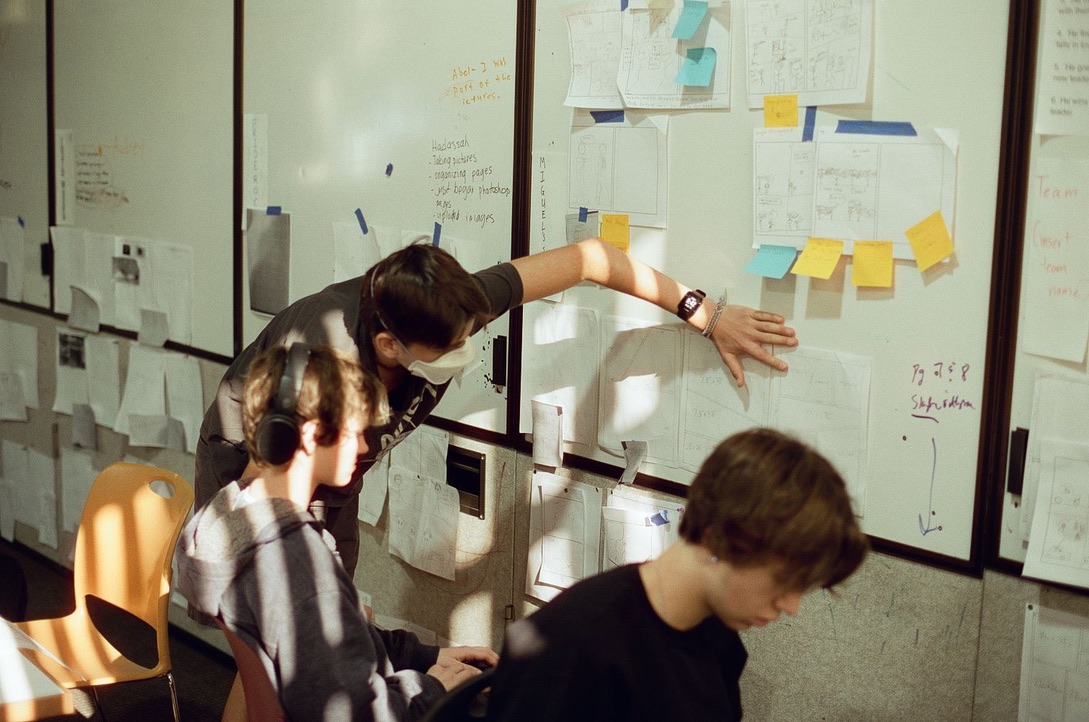
It’s a Thursday morning as students stream into the classroom. “Respect” by Aretha Franklin is playing on the speakers, a warm wakeup call to all those still half asleep. A slide is projected on the wall, letting students know they need to be in their seats with their computers open and their journals out before the song ends.
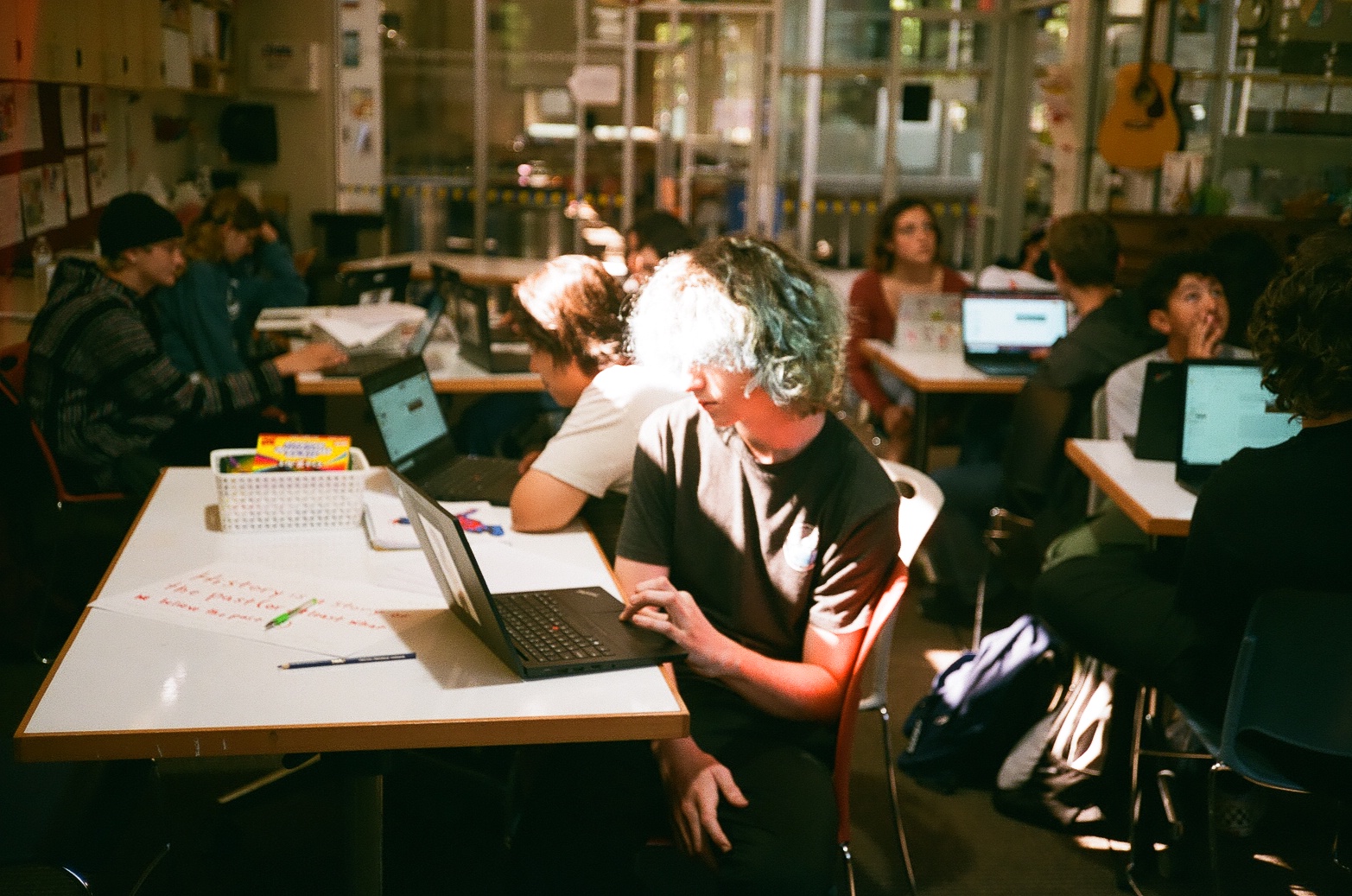
For their first activity, students walk around the classroom and look at different parts of Diego Rivera’s masterful mural, Pan American Unity. They’re responding to questions in their journal that ask them to find instances in the mural where beauty conceals truth and where beauty reveals truth. This activity lays at the heart of our social justice and critical consciousness unit where we examine how society has shaped our beliefs and how history can teach us about the present. The room fills with a quiet buzz of conversations as students recognize faces and places in the piece of art.

Engaged in their work, I begin my duty of the ultimate multi-task, the paradox of teaching: being fully present while doing a million things at once. I’m placing graphic organizers on their tables to prepare for the next part of the lesson; I’m listening in to students’ conversations from afar to see what they find interesting, confusing, and how they’re making connections so I can better facilitate our upcoming discussion; I’m gently encouraging a student who has sat down early to re-examine the artwork with a silent glance that says, “I’m going to hold you to a high standard because I know you’re capable of great work”; I’m helping a student who has needs in reading access the audio description guide on their laptop; I’m signaling to students with a peace sign that they have two minutes left to take notes; and all the while I’m all there, ready for passionate learning, energetic discussions, and whatever comes next.
Leading a classroom full time, I wear many hats. I’m a teacher, a facilitator, a mentor, a mediator, a liaison, a resource, a warm demander, a helping hand, a supporter, an encourager, and most importantly a life-long learner. As a white male teacher who was brought up in an upper middle class family, I continue to learn how my own privilege influences the way I see the world and shapes the way that I teach. I grapple with my identity as a teacher, and often ask myself why students who come from much more difficult backgrounds, students who on a daily basis experience institutionalized inequality, should have to take any advice from me. Teaching in San Diego public schools, it’s not uncommon that the majority of students in my classroom don’t look like me and don’t see the world through a similar lens. It’s with this understanding that I commit to anti-racist pedagogy and culturally responsive teaching; it’s my goal to continue learning how to create a safe and inclusive environment for all students.
![]()
Students sit back down with their notes they’ve gathered from viewing Rivera’s mural and discuss first with a partner, and then in a small group their curiosities, noticings, theories, ideas, and wonderings. A lively discussion begins where students ask questions, compare, contrast, interpret, analyze, connect, discover, synthesize, argue, build on each other’s knowledge, and engage with the work as historians, as artists, as students, as writers, as speakers, as learners, as individuals and as a community. This is what it’s all about. Creating the space for students to learn together, to encourage curiosity and to have fun.
![]()
As social activist and professor Bell Hooks explains, “As a classroom community, our capacity to generate excitement is deeply affected by our interest in one another, in hearing one another’s voices, in recognizing one another’s presence.” We discuss together, we grow together, and we learn together. By preparing students to work collaboratively together in class, and creating the kind of environment that is conducive to shared learning, students begin to see that what they can do for each other is far greater than the sum of its parts.
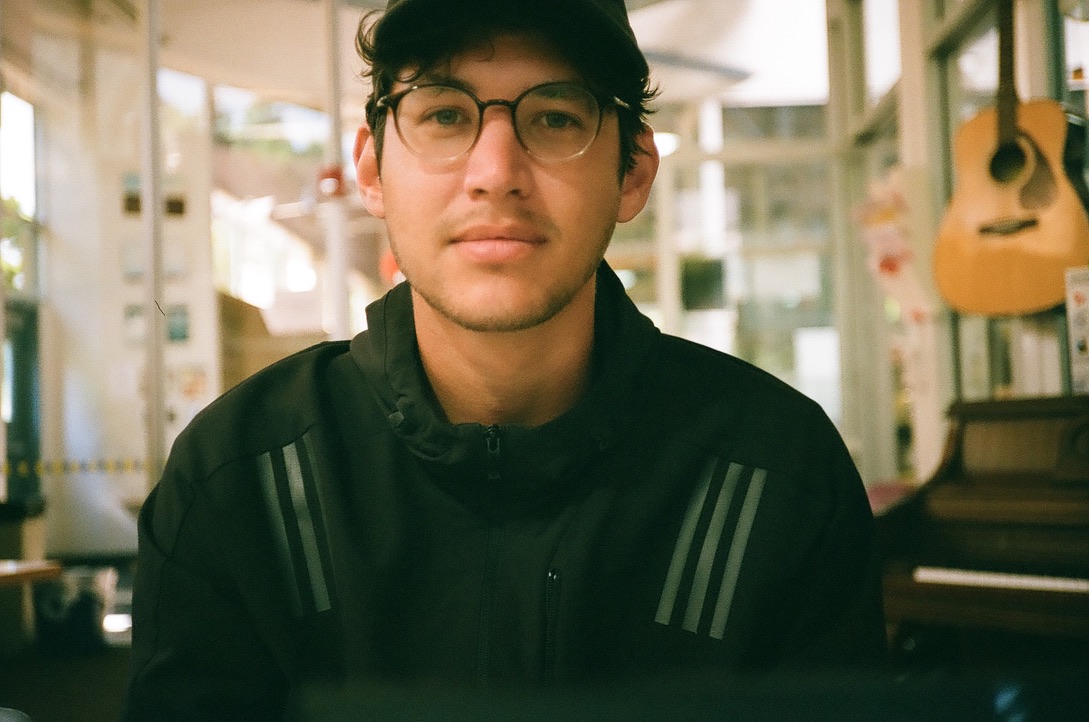
Students sit back down with their notes they’ve gathered from viewing Rivera’s mural and discuss first with a partner, and then in a small group their curiosities, noticings, theories, ideas, and wonderings. A lively discussion begins where students ask questions, compare, contrast, interpret, analyze, connect, discover, synthesize, argue, build on each other’s knowledge, and engage with the work as historians, as artists, as students, as writers, as speakers, as learners, as individuals and as a community. This is what it’s all about. Creating the space for students to learn together, to encourage curiosity and to have fun.
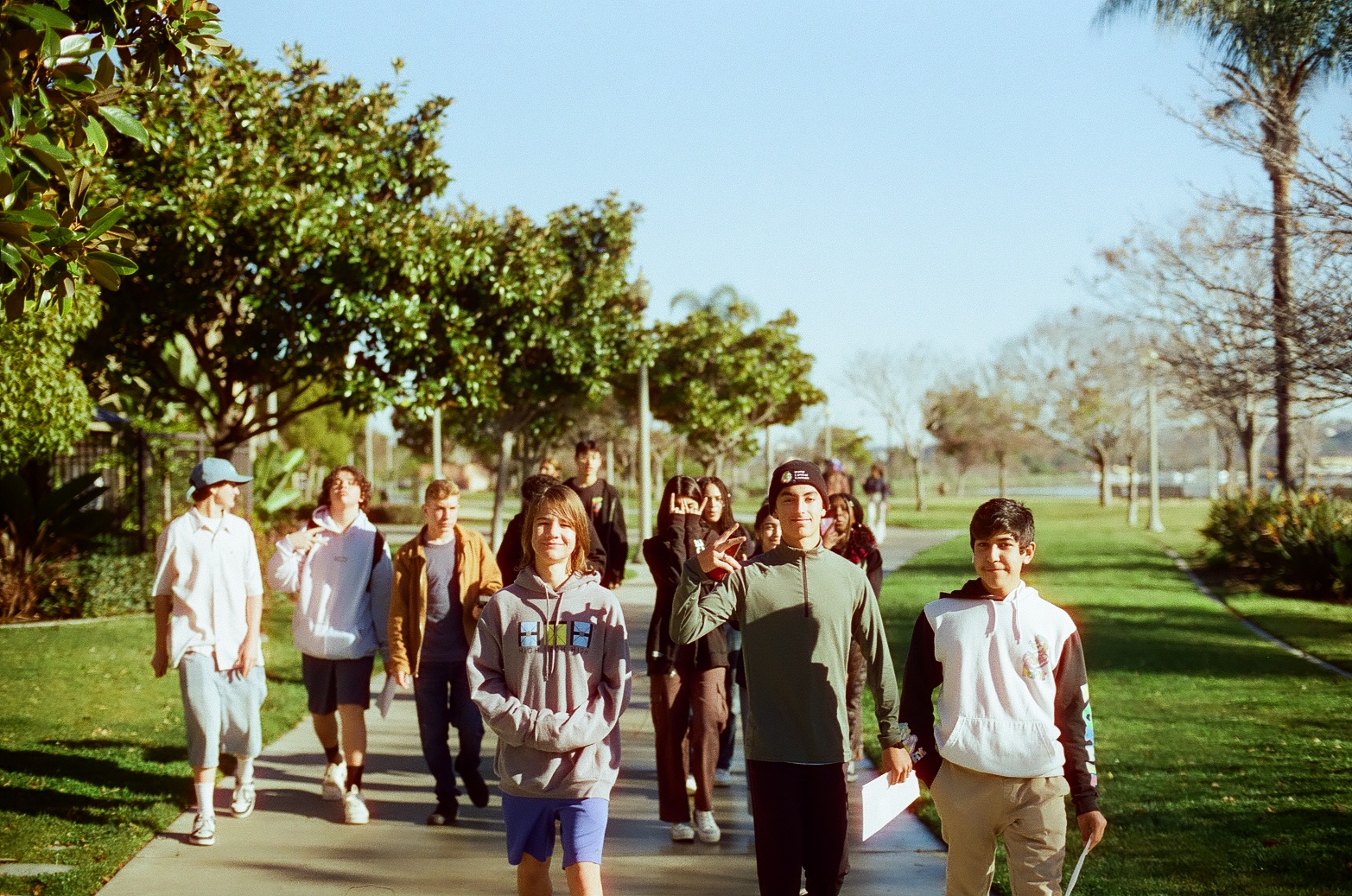
As social activist and professor Bell Hooks explains, “As a classroom community, our capacity to generate excitement is deeply affected by our interest in one another, in hearing one another’s voices, in recognizing one another’s presence.” We discuss together, we grow together, and we learn together. By preparing students to work collaboratively together in class, and creating the kind of environment that is conducive to shared learning, students begin to see that what they can do for each other is far greater than the sum of its parts.